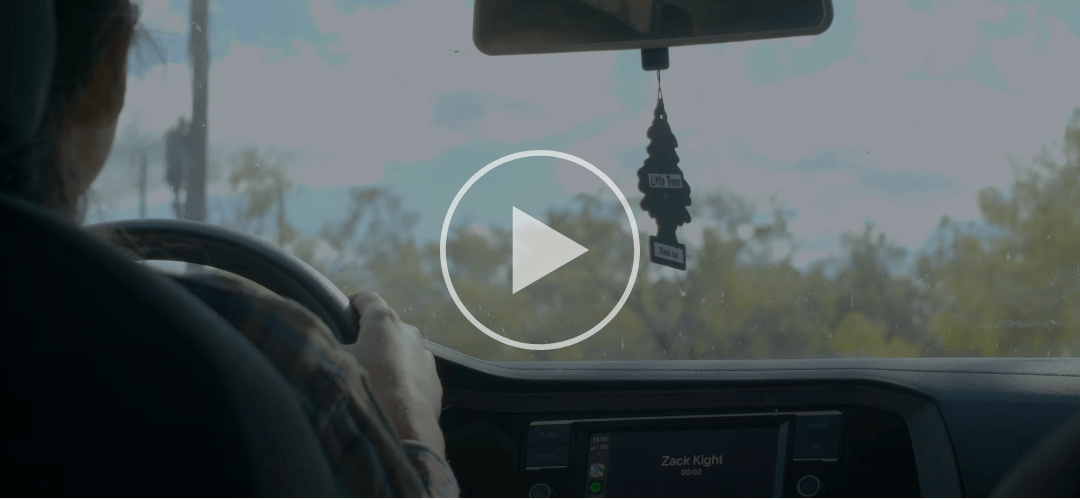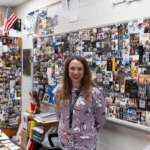Watch the ATEMS UIL film project Nightwalker here!
Zackrey Kight and Nehemiah Daughtery are happy that their first foray into the UIL Film competition earned them a runner-up slot in the Combined Conference 3A category at the state competition.
But don’t think for a second they’re satisfied. They’re far from it. Days after their film, Nighthawk, earned a silver medal, the two ATEMS juniors were, in some ways, lamenting that they didn’t win this year’s competition.
“I’m happy that it did well,” Kight said, “but I know it’s not the best it could have been. We had a lot of fun filming it and being around our friends, but there’s so much we could have done differently. But, now we know, and we’ll be prepared for next year.”
Daughtery expressed a similar thought.
“This is something we made together (along with fellow directors Noah Rangel and Jackson McEntyre), so it holds a lot of value to each of us,” Daughtery said. “It’s something I’m proud of and proud to say we did, but we all know it could have been so much better.”
Despite their insistence the film could have been better, Nighthawk was still deemed good enough to earn a second-place slot in the state competition. The film – described by Daughtery as a mystery “sliding into a slow-burning horror” – was filmed at and around Fort Phantom Lake earlier this year.
The plot of the seven-minute film (the maximum time limit allowed by the UIL) centers around a female character (played by ATEMS student Dora Crowell) who travels into the woods to house-sit at her friend’s lake house. But when nightfall comes, a simple task takes a turn for the worse upon the arrival of an unexpected visitor.
Kight said one of the mistakes made while making the movie was filming in chronological order. If given the chance to do it over, they would have shot all the night scenes at one time, he said, because later in the shoot, those scenes were filmed in colder conditions.
“Looking back, we should have filmed all the night scenes first when it was warmer and then done the daylight scenes following that shoot,” Kight said. “It was cold a couple of those nights we were filming those scenes, and it was uncomfortable for everyone.”
That knowledge, though, is what both Kight and Daughtery said will help them as they start thinking about the kind of film they want to put together for next year’s competition and how to shoot the project.
“It helps to have a clear vision, storyboard, and shot list for what you want to do and in what order because time matters so much,” Daughtery said. “But even with those things in place, you have to adjust on the spot. Not everything will go exactly as planned, and you have to be able to make adjustments on the fly. Now we know we need a concrete story with substance and what we’re doing throughout the entire movie.”
Kight and Daughtery said working out of The LIFT and with the equipment provided in the Audio / Visual classroom gave them an advantage they each said helped them finish with one of the top films in the competition.
“Being at The LIFT and ATEMS gave us a leg up on other schools,” Daughtery said. “We have so many great resources, and they help us realize our potential because we aren’t held back by poor equipment or technical issues.”
And what of next year’s film? Plans are already in the works, both said.
“I’m sure we’ll do another horror or mystery story,” Kight said. “We all like those movies, and we did well this one. We’ll see.”












